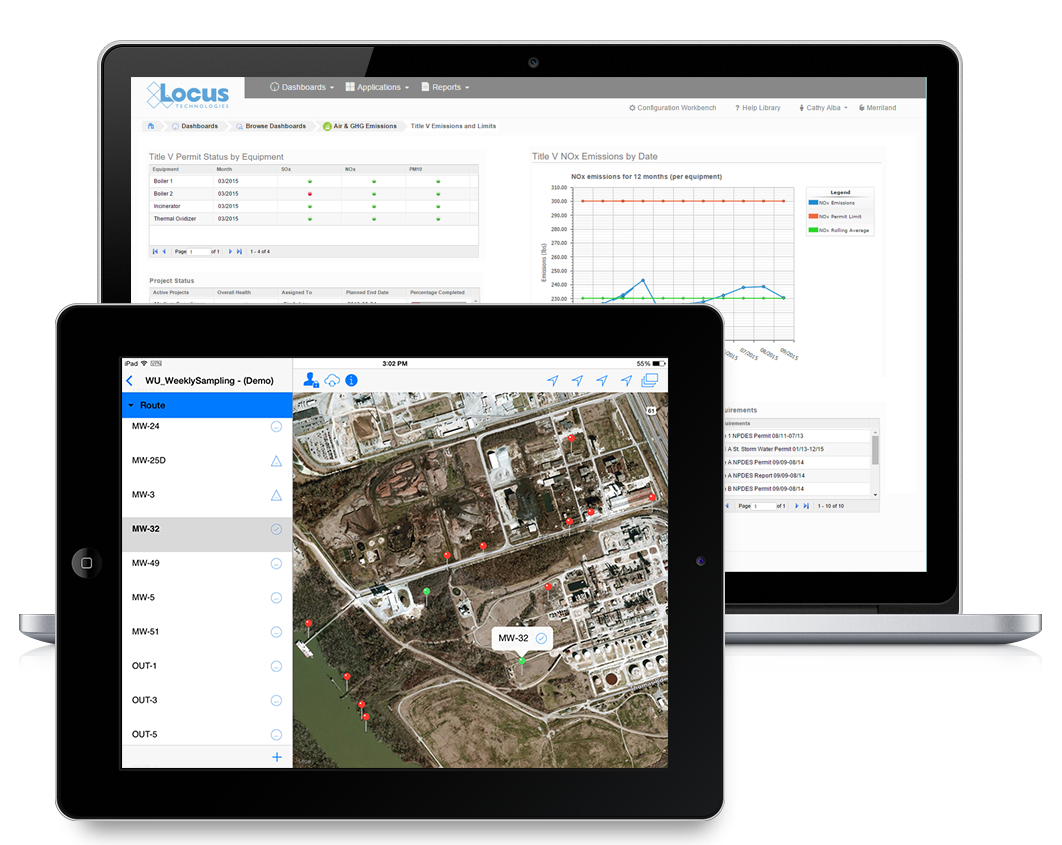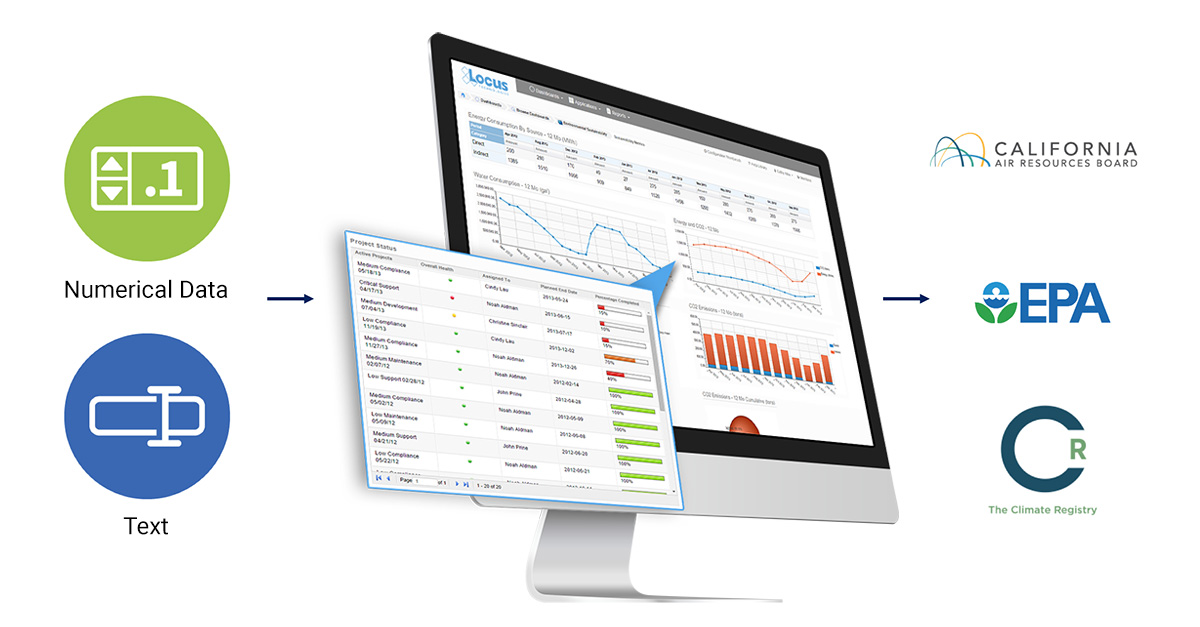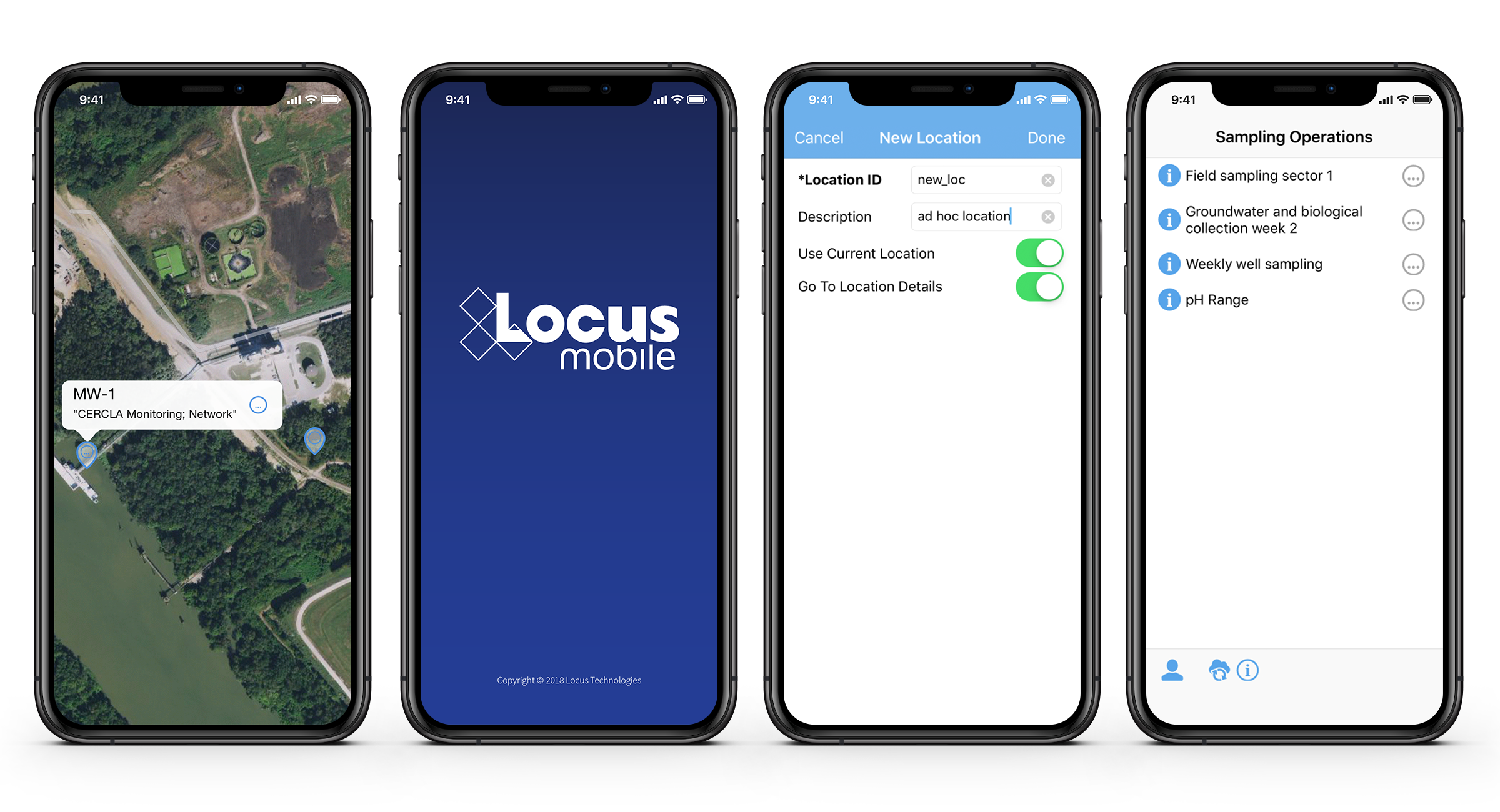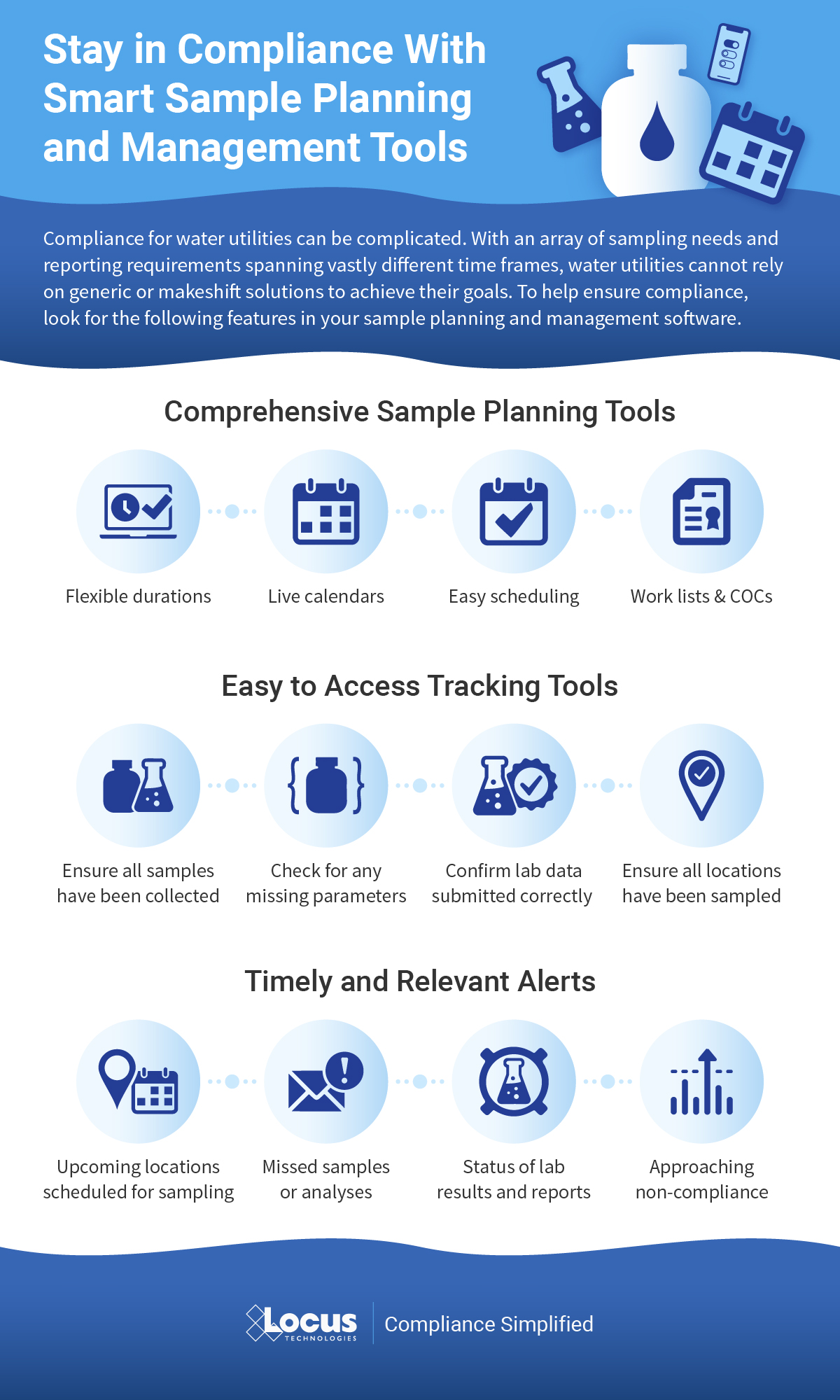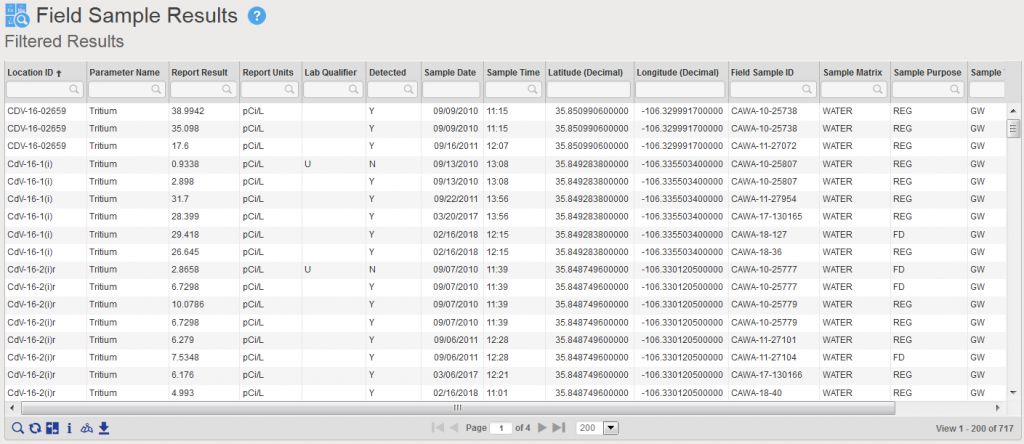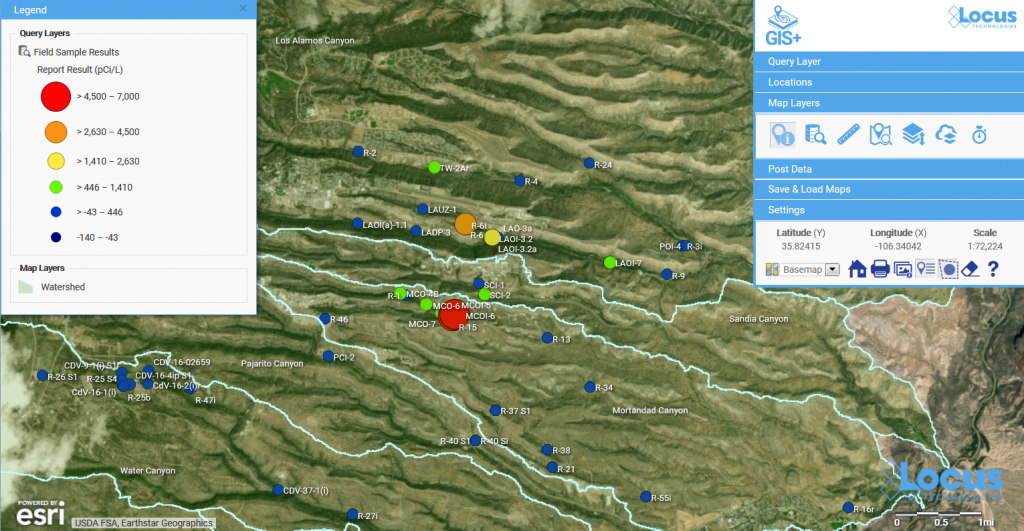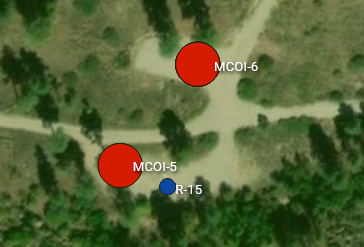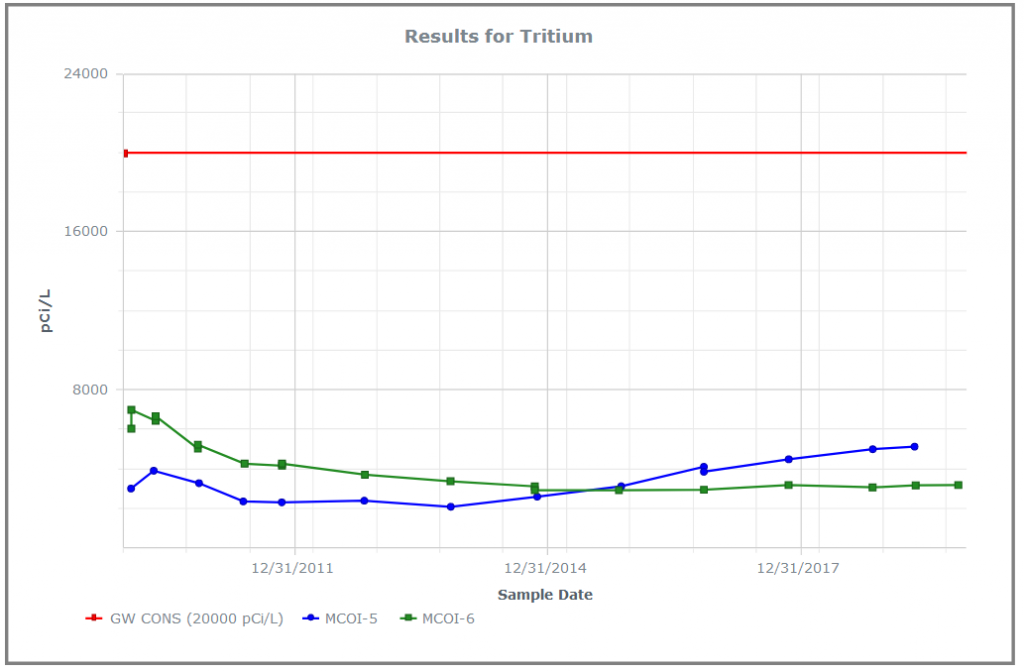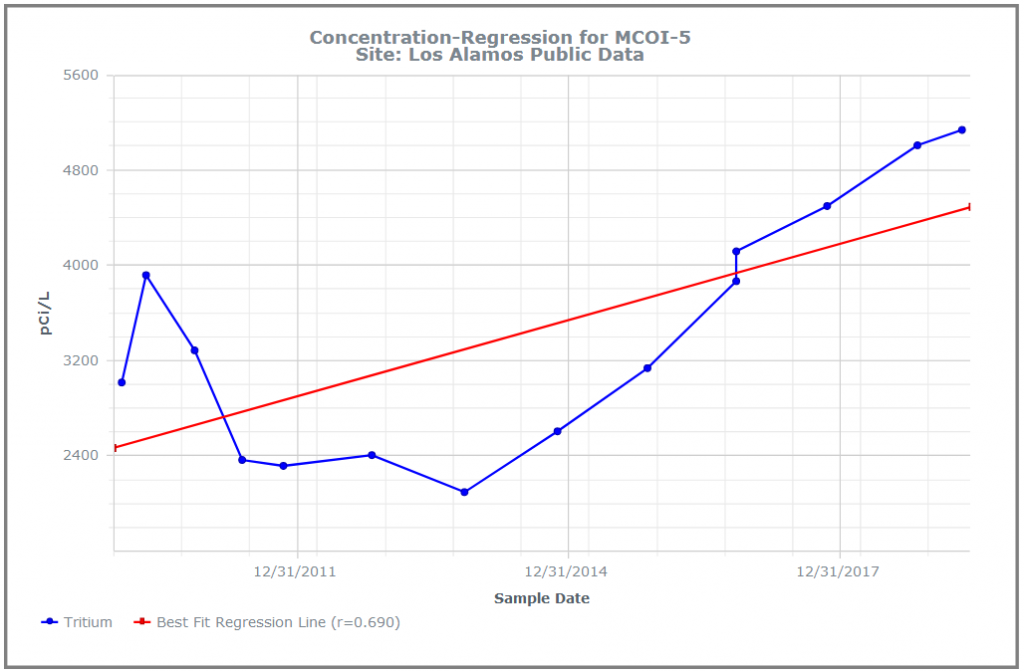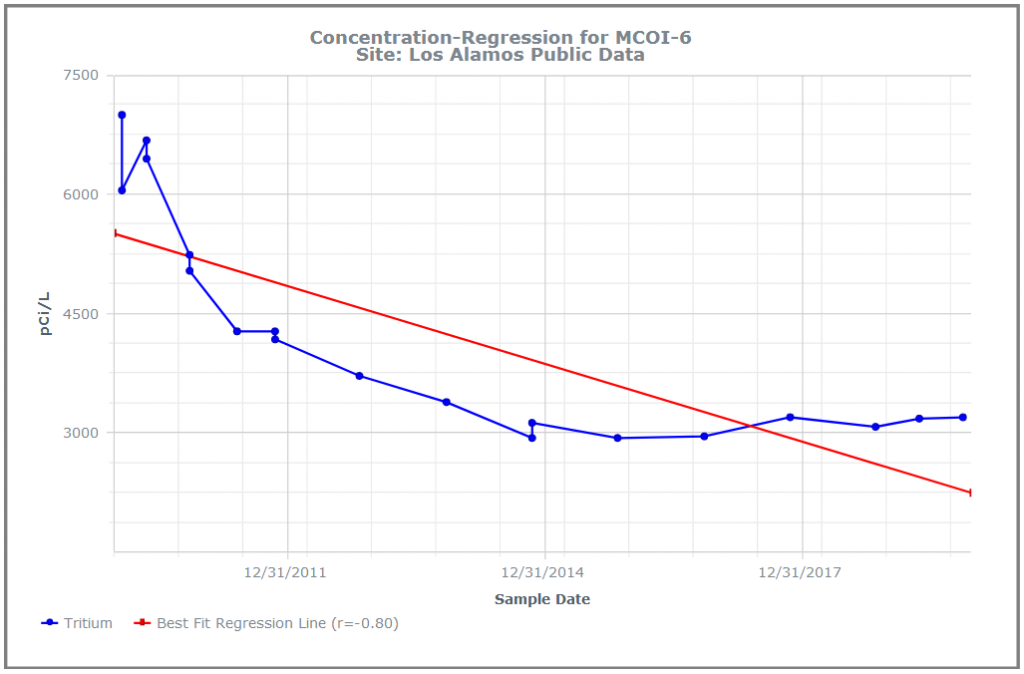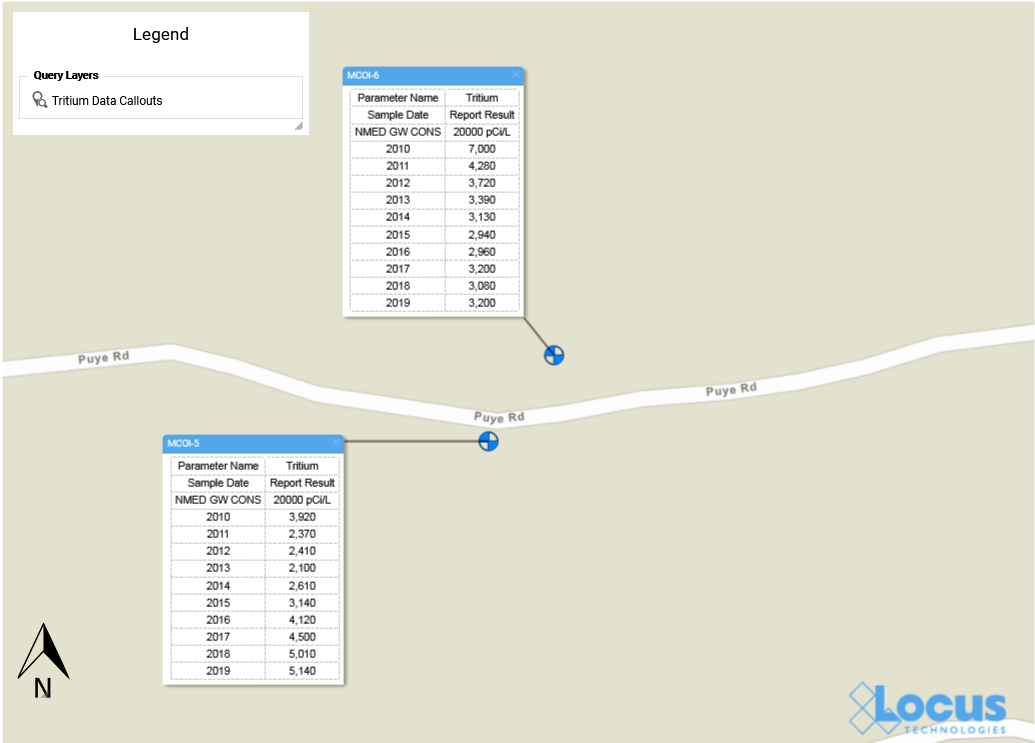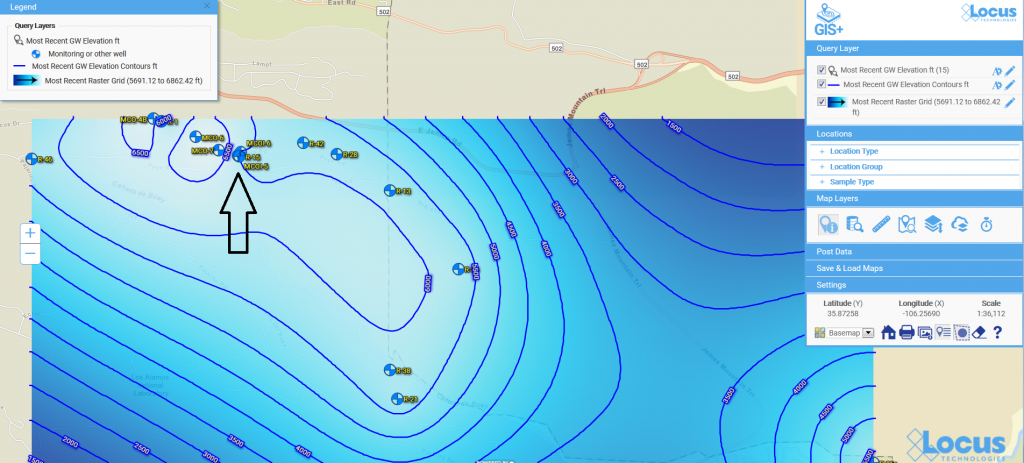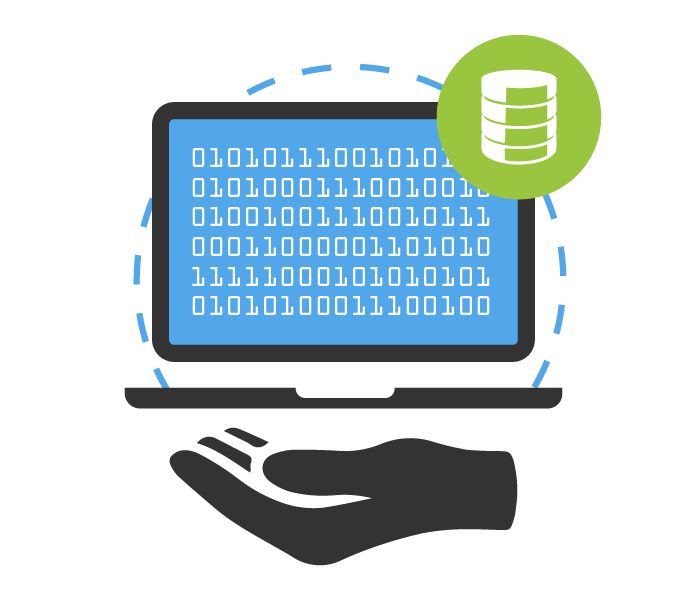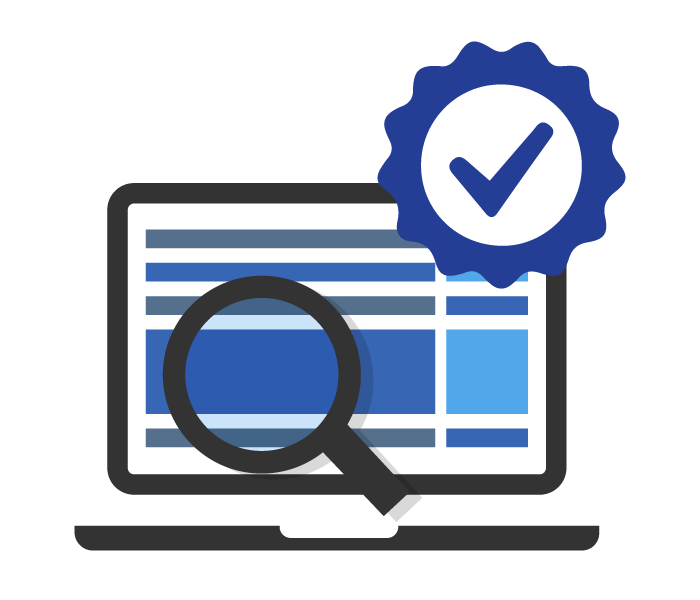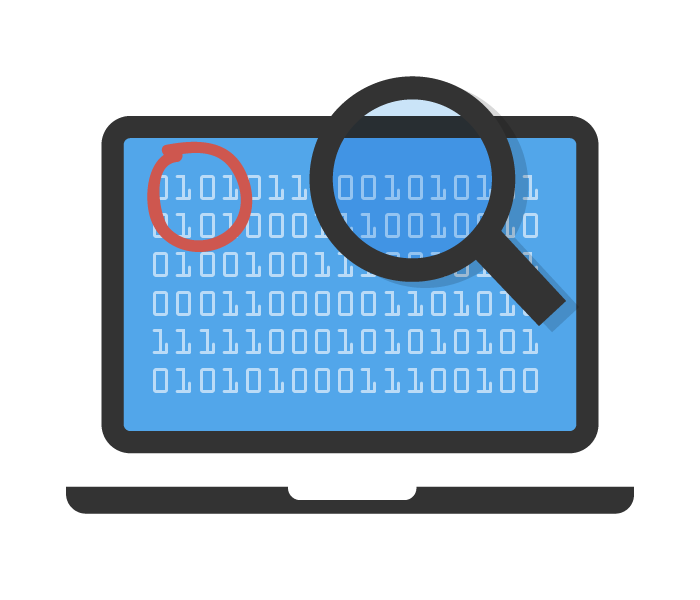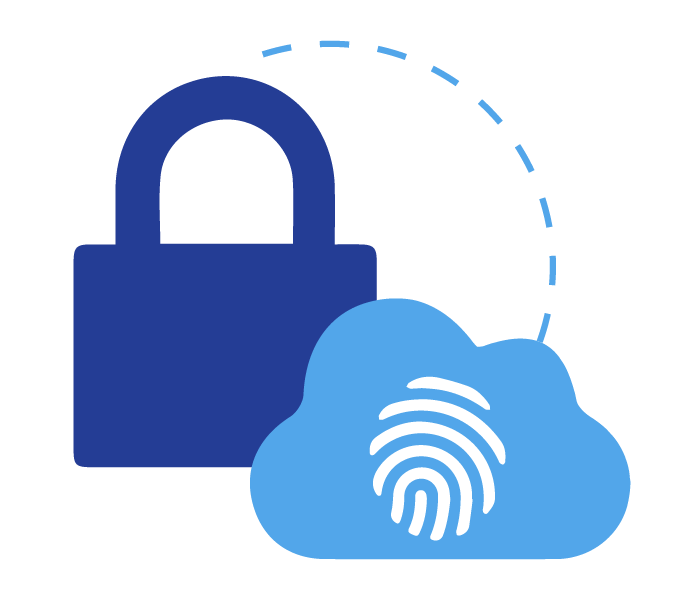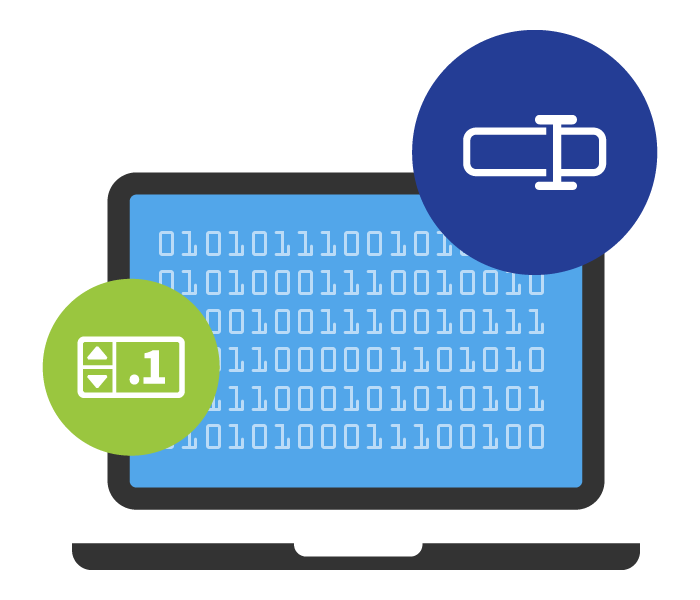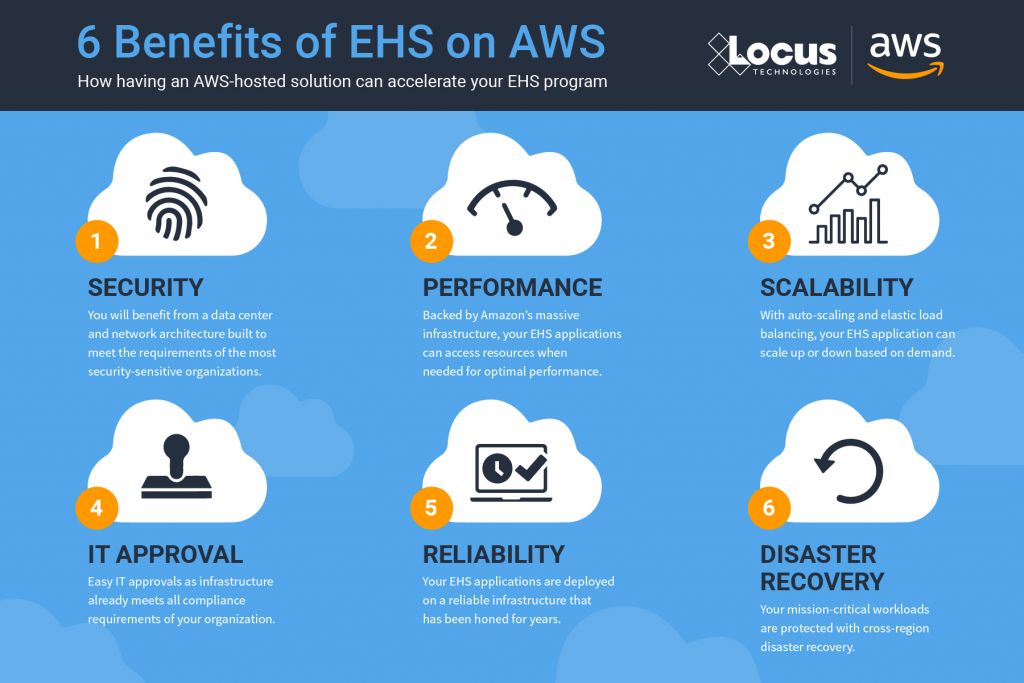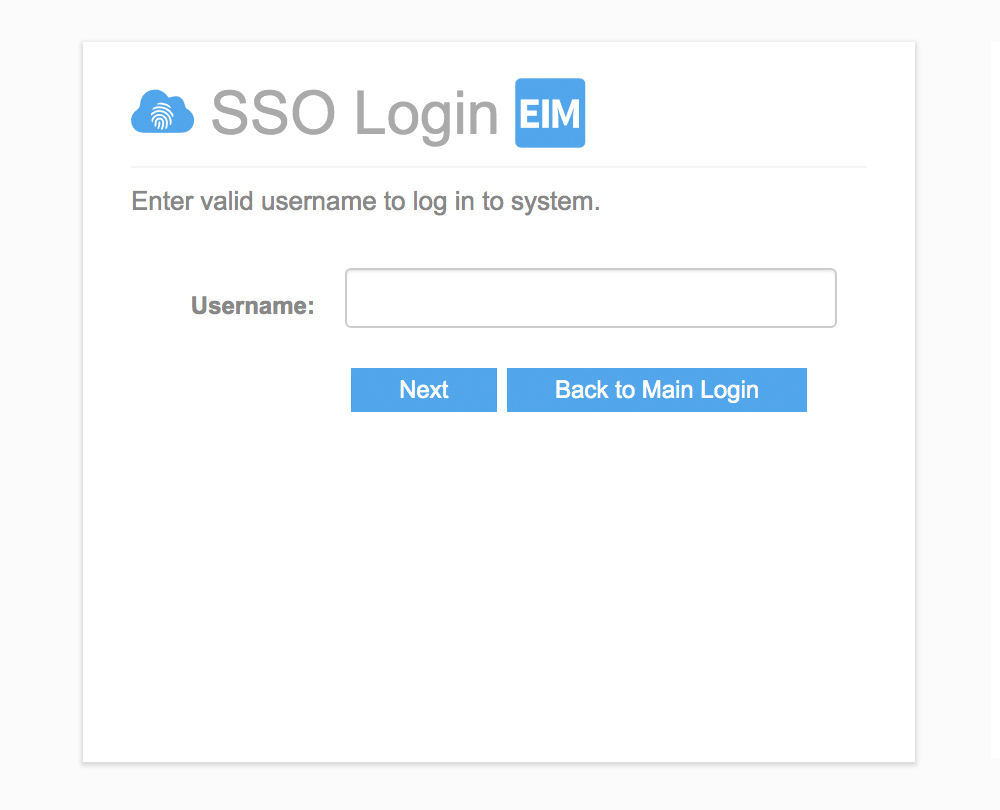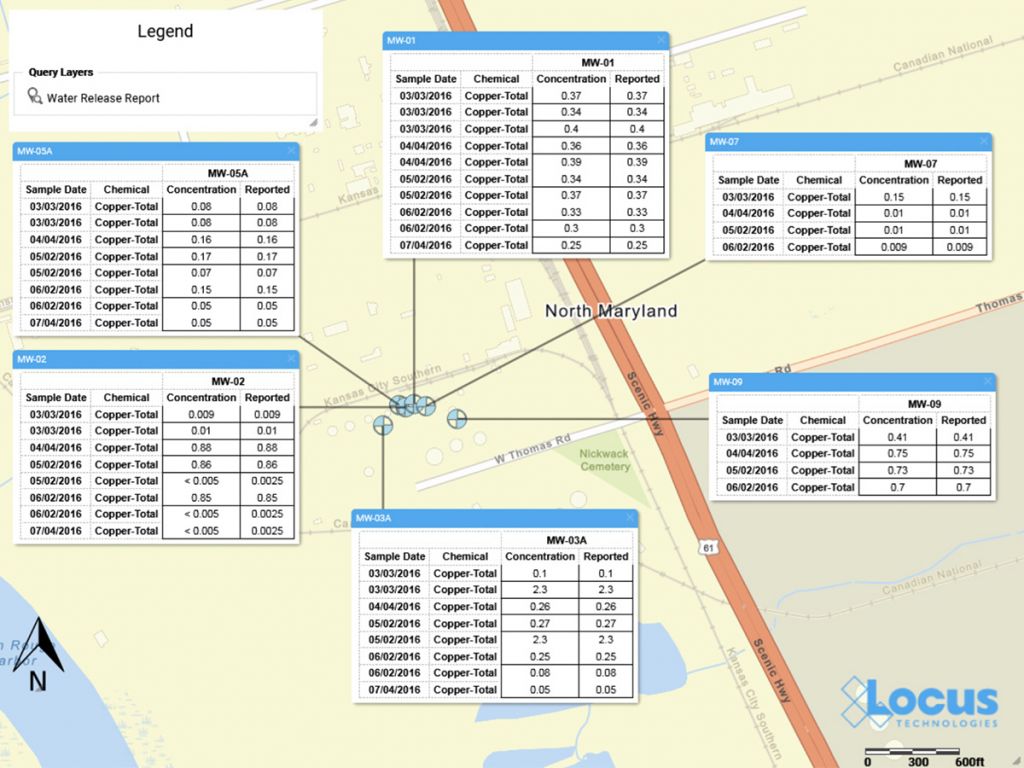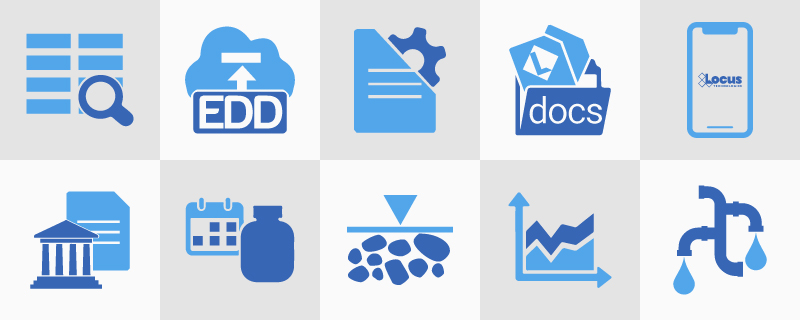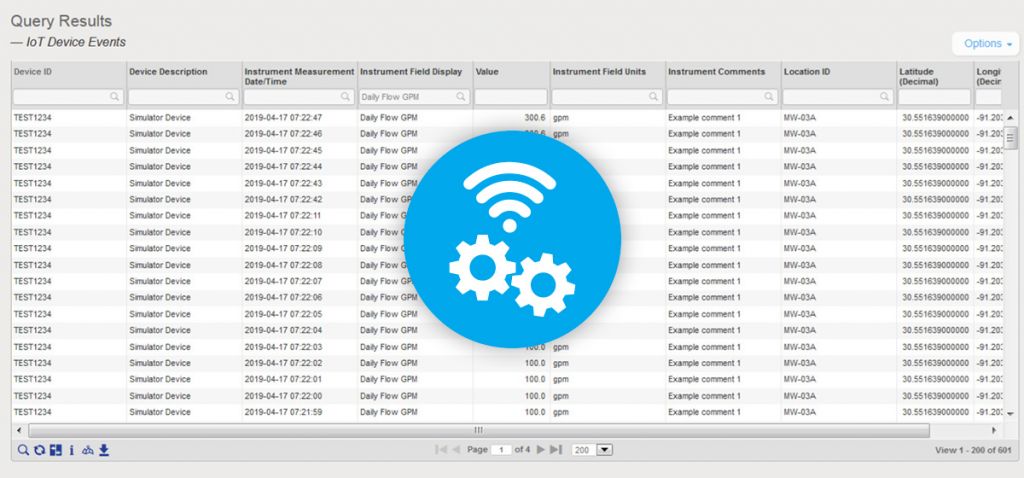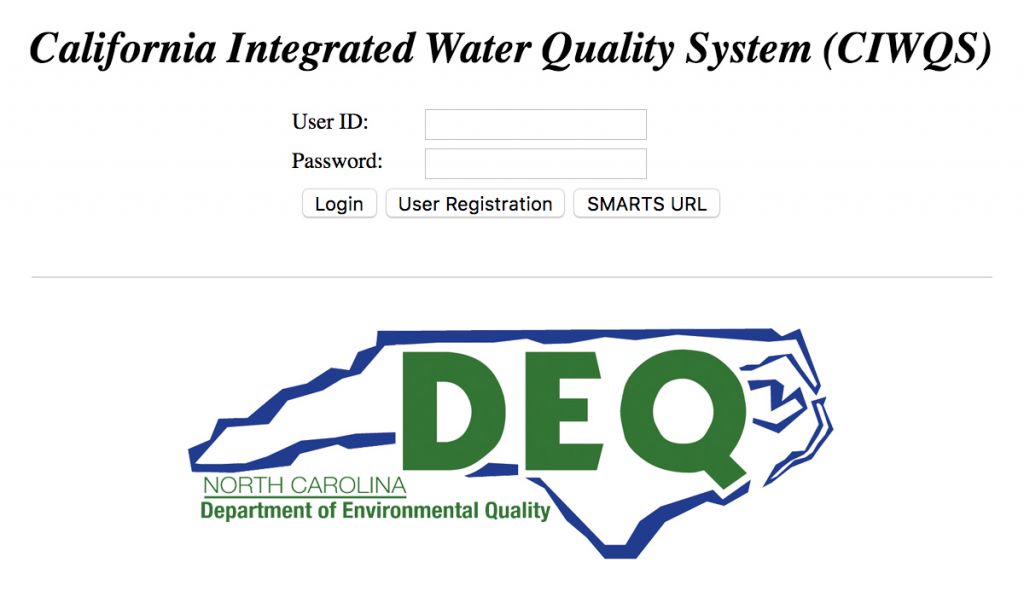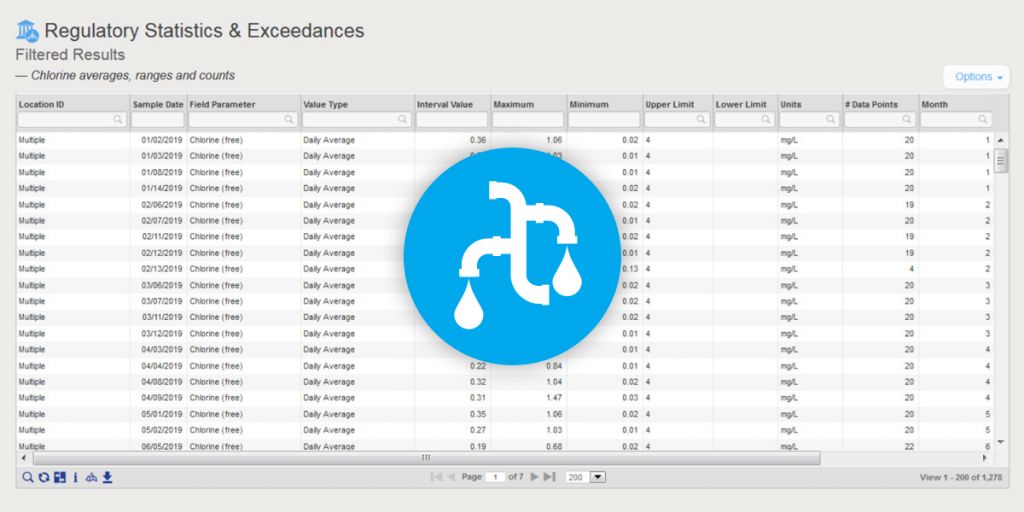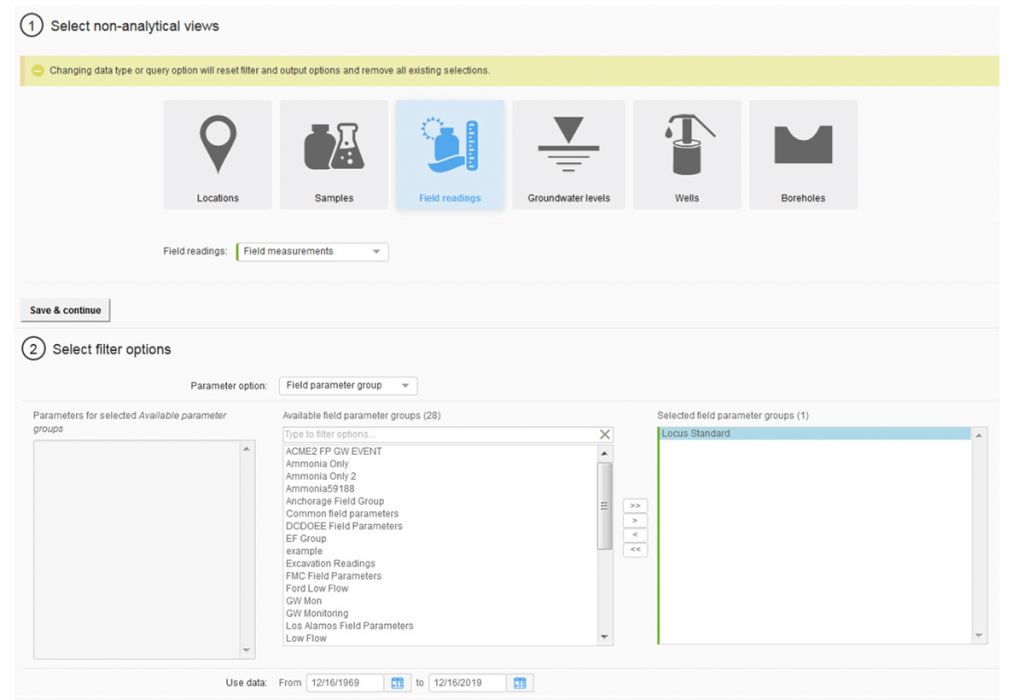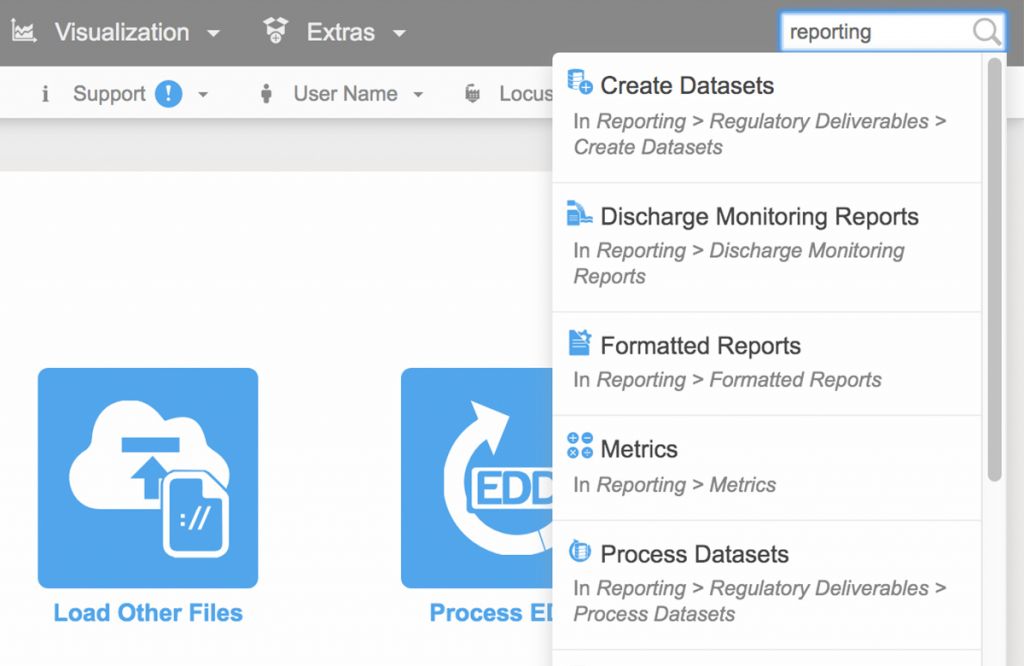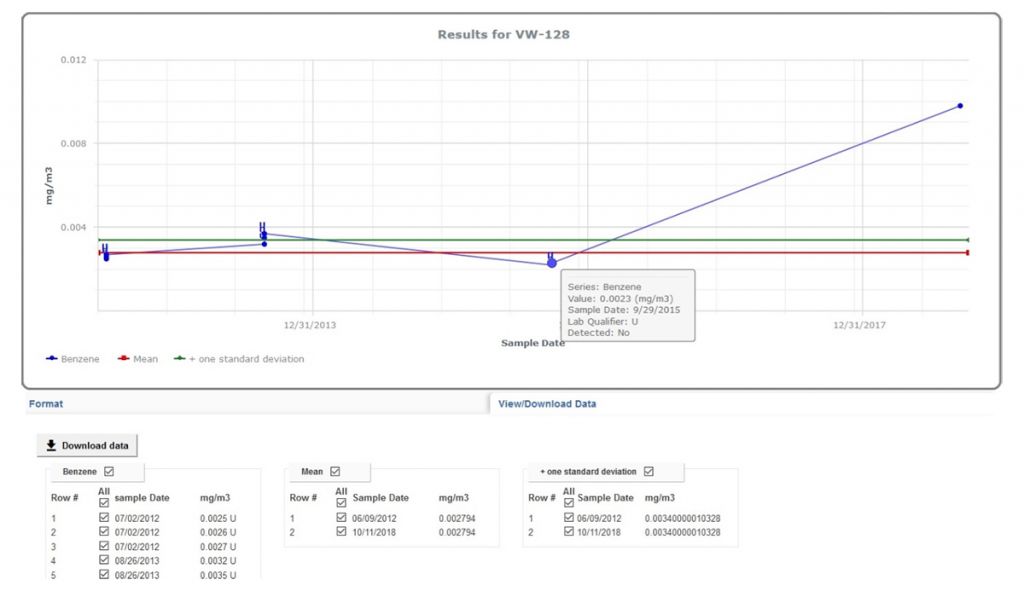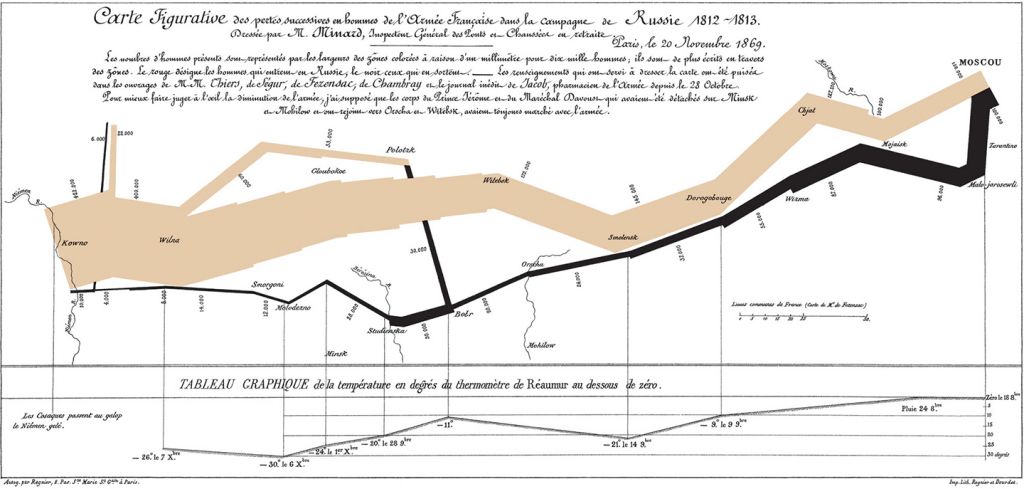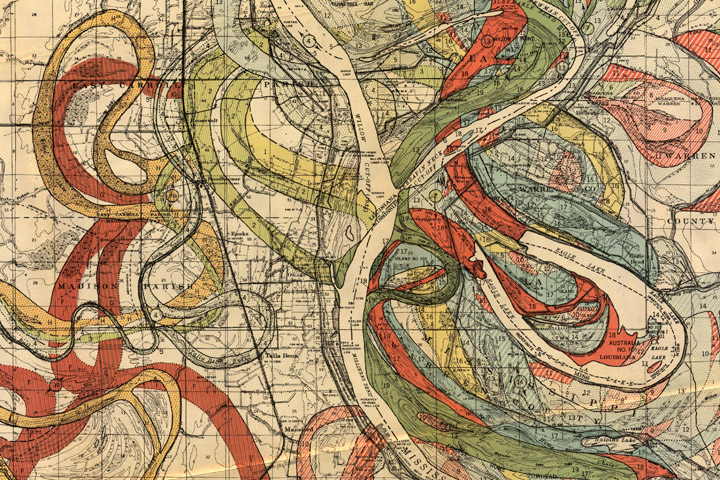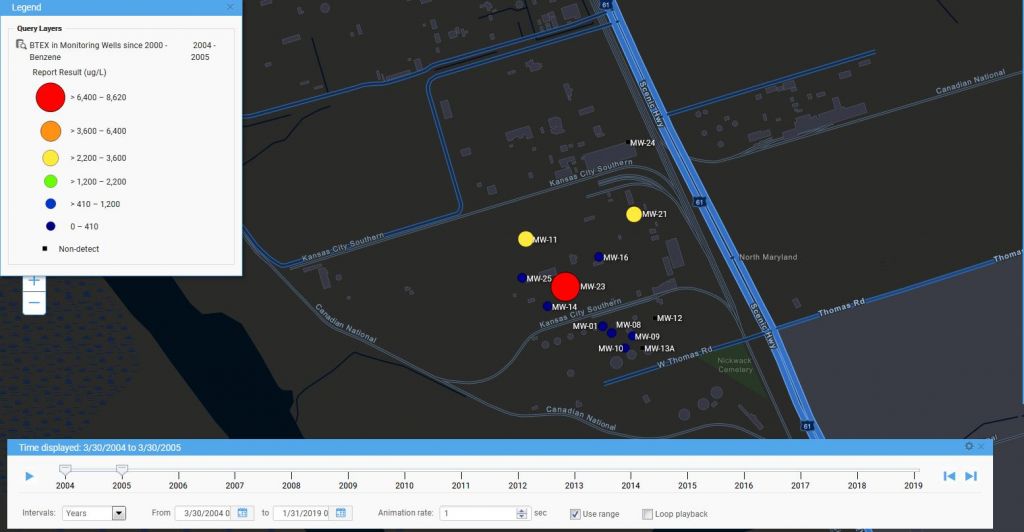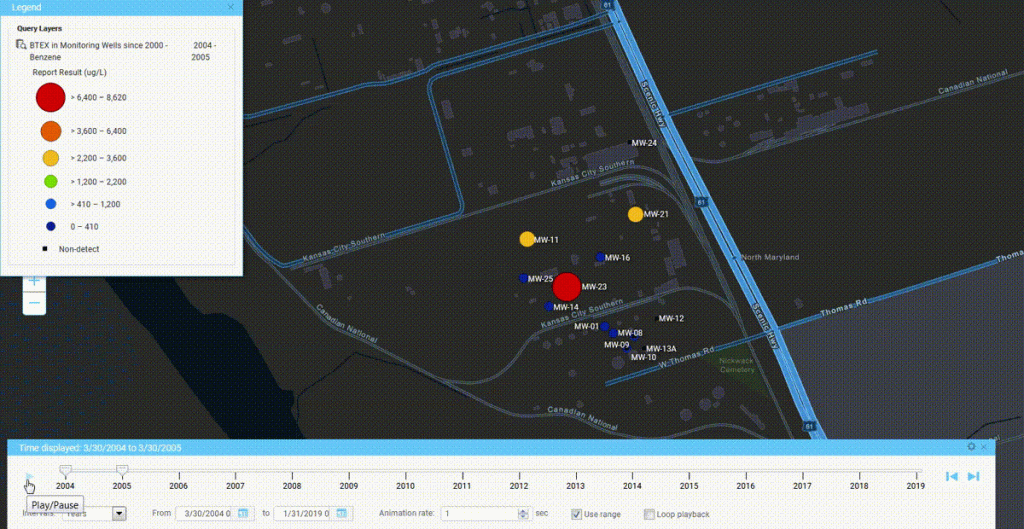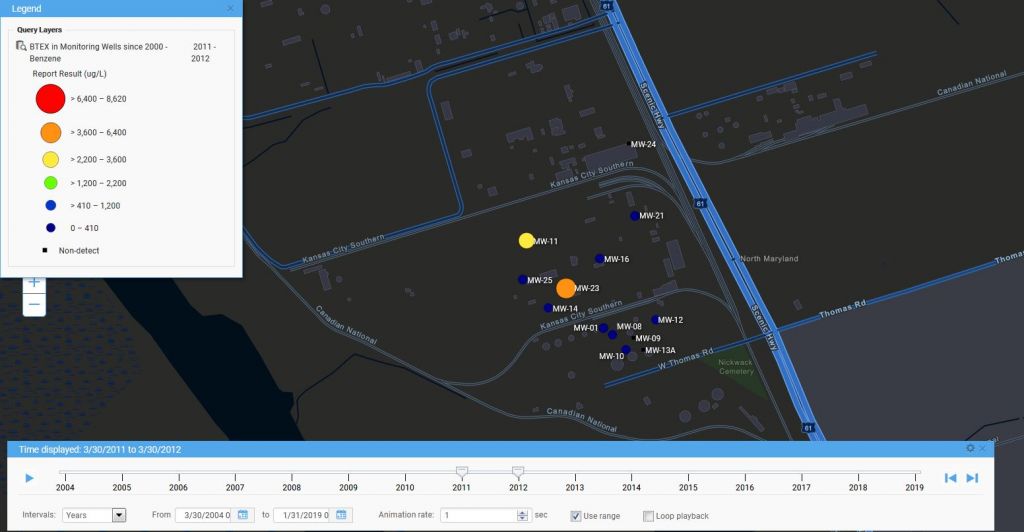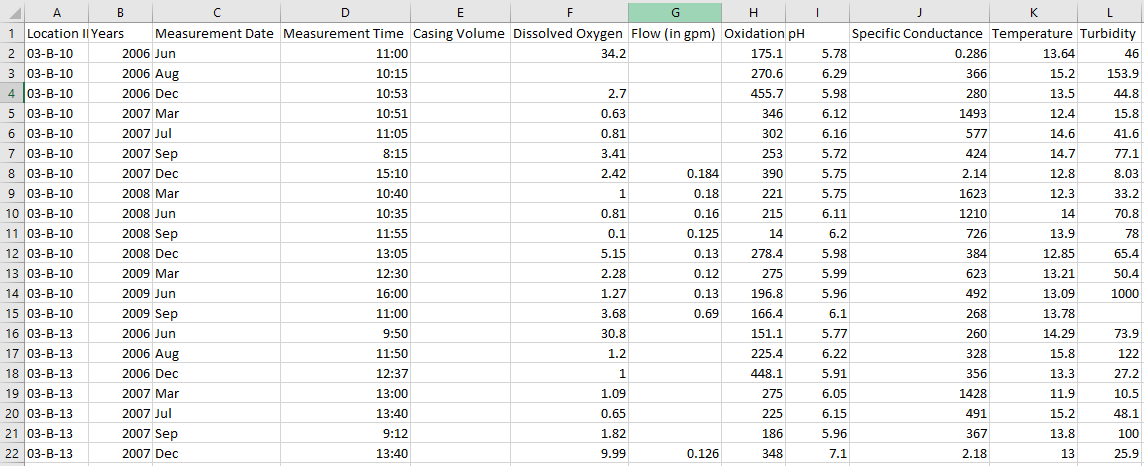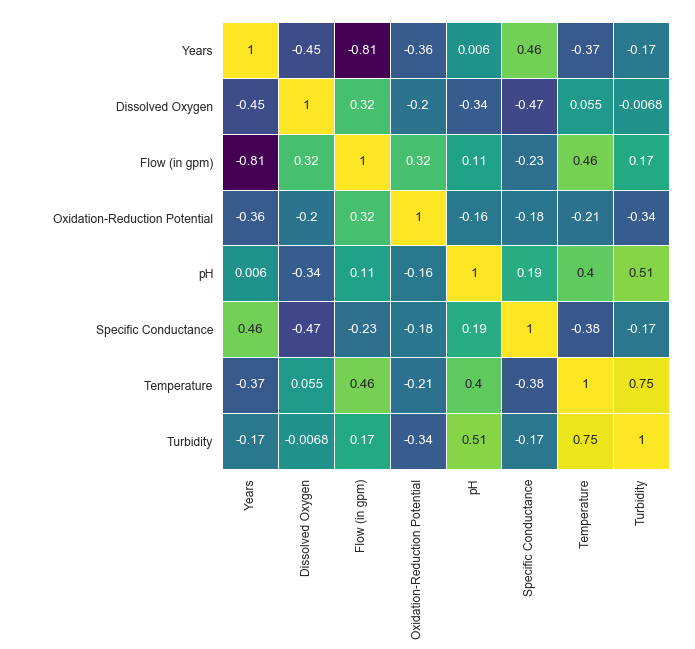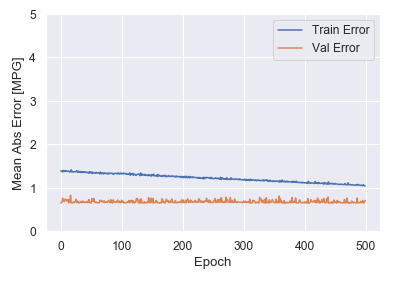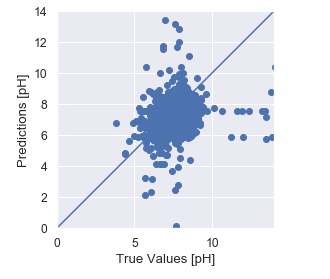Integration with other systems, whether on-premises or in the cloud, has become a key wishlist item for many EHS software buyers. It allows you to take advantage of other tools used by your organization (or available from third parties) to simplify processes, access information, and enhance communication, both internally and externally.
This blog will take a look at some common types of integrations we most hear about when talking with EHS professionals.
- Integrate on-premises systems with cloud EHS software to provide a seamless business process
- Integrate with identity providers to enable single sign-on
- Integrate with public API (like EPA or regulatory information providers) for data submittal or private commercial APIs for proprietary content
- Integrate with multiple sources for consolidation and review of disparate data sources (portal integrations)
Integration with on-premises systems and cloud EHS software
Many potential software buyers want to integrate an existing on-premises system with a Software as a Service (SaaS) system. The SaaS integration advantage is accessing information in existing systems without the additional user burden of using multiple software systems, making it easier to perform parts of a unified business process.
A good example is creating a cloud system that integrates with an onsite Enterprise Resource Planning (ERP) system such as SAP. Many business processes must connect external vendors with internal resources to track work, scope, invoices, and payment. Cloud systems are ideal when external vendors need internal interactions.
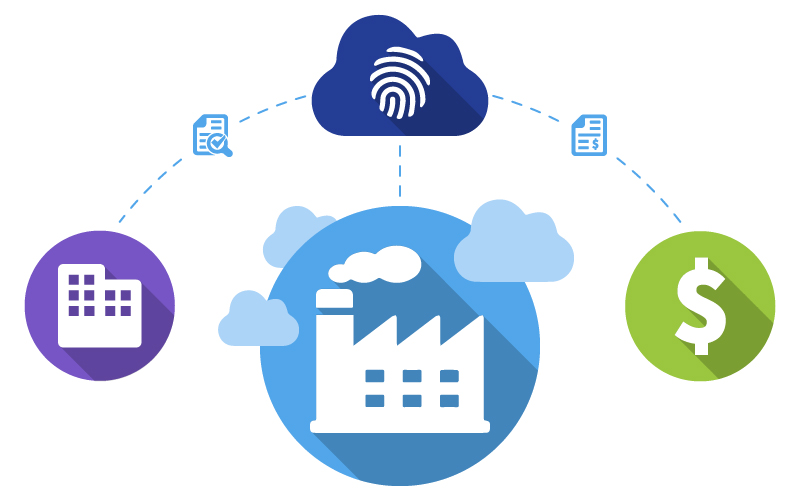
In this example, previously, vendors sent invoices as email attachments, then had to be manually entered into the owner’s ERP system. The vendors had zero visibility into the processing status of the invoice, thus slowing down the flow of information between the owner and vendors. The owner wanted to create a single view of the contracts, vendors, the approved budgets, and the payment approval status to streamline the process and enhance transparency.
To meet the customer’s enhancement request of a “Single View” data had to be integrated securely between the on-premises secure ERP system and the cloud system. First, the owner established a secure web service API. The cloud system authenticates and consumes the API over an encrypted connection to integrate the process. Maintaining security for all parties, and application users have full access to the specific data they needed to complete their business flow.
One caveat to this type of solution is that the owner’s IT personnel are often involved in establishing a pathway to the internal data and gaining internal approvals for this to happen. Therefore, if you are considering integration with internal systems, check with your internal resources to make sure they can accomplish your goals while adhering to your corporate IT security policies.
Integration with identity providers
Many companies request single sign-on (SSO) for their users when accessing a third-party cloud software. This functionality can be a key purchase criterion for selecting a software vendor. SSO integration termed “integration with identity providers,” is especially important for large enterprises and many geographically distributed users.
Using SSO, company employees authenticate in their own employee portal. When an employee clicks on a link to the software provider, they are taken to the provider’s website and presented with the correct information based on her authorization, without having to log in again.
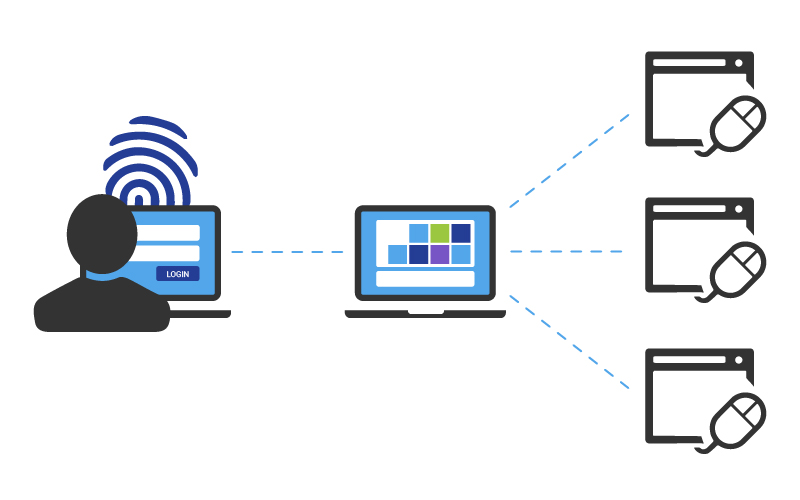
One approach to providing this functionality is to use Security Assertion Markup Language (SAML) assertion through integration with the company’s identity provider (IdP). In a typical use case, the vendor software maintains the user identities and permissions for every employee at the company needing access to the EHS software. When an employee of the company accesses the vendor’s SaaS applications, the SaaS sends an authentication request to the company’s IdP at this point he IdP authenticates the user and sends a SAML response. Allowing the user access the relevant parts of the vendor’s SaaS software.
The user experience is a seamless workflow and one less set of credentials to manage. It also provides a method to simply and quickly remove users when they leave the company or no longer need access to the software. Once removed from the company authorization, access to the external software is also removed.
Integration with public/private APIs
Government agencies and other public/private entities are increasingly delivering services or requiring data submissions via publicly available APIs (Application Programming Interfaces). API’s help both parties by significantly streamlining data submission (such as submitting hazardous waste manifests to EPA). More importantly, electronic data submissions all but eliminate the tedium and the likelihood of errors in manual and repetitive data entry. However, the benefits of API data exchange impact users only if their software is capable of making the connection and sending the information safely and accurately to the intended recipient.
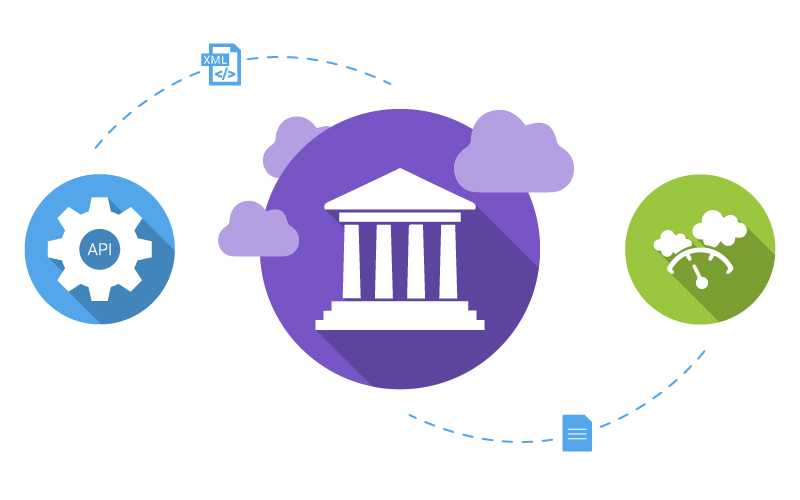
EPA’s public REST API for submitting GHG emissions reports
One example where APIs are extremely useful is in the submitting annual GHG (greenhouse gas) emissions to EPA. Previously, GHG regulatory report submission was a manual process on the EPA website. Data was typically calculated in spreadsheets for multiple sites and manually entered into the EPA website. This manual process was both slow and error prone.
To streamline the regulatory reporting process, EPA introduced an option to upload files that are formatted per EPA specifications. The specification allows combined data from each reporting site (for multi-site facilities) to be submitted as a single consolidated XML file.
The software can provide reporting tools that make it easy to run multiple reports and combine results in a single XML, which is designed to be suitable for submission to EPA. In the future, when EPA provides an API, the process will become even more streamlined for data owners, and the upload portion of the process can be eliminated.
EPAs e-Manifest system has recently gone live and is another great example of integration with a public API. Automating submission of hazardous waste manifests will be a huge time saver for all entities that are required to ship waste. The new system will also finally put to rest the clunky dot matrix printers that are kept around only to print out these manifests. For this type of integration, look for built-in tools to configure automatic submission of manifests with EPA’s public REST API web service. Because this is new (July 2018), expect some trial and error on the first submissions, but after the integration is worked out, it will be a game-changer for companies required to ship and transport waste.
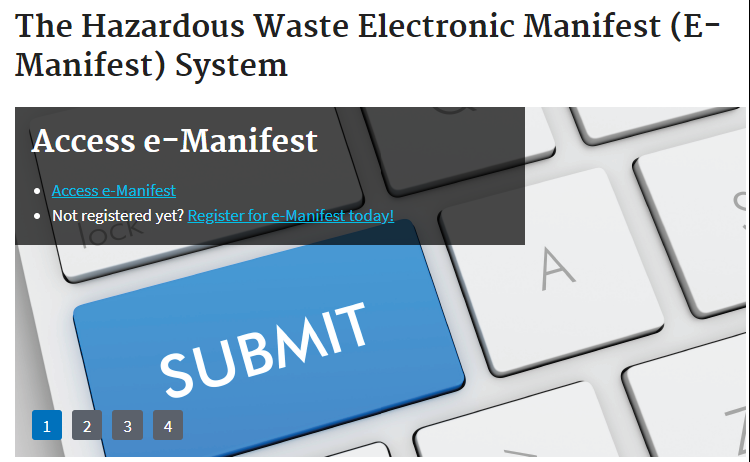
GIS integrations for visualizing site and facility data
Mapping and geographic information systems are another popular public API integration option for EHS software. Using Esri (a leading geographic information system) public APIs, EHS software can validate location data for address formatting and accuracy across a range of applications. This type of integration is typically easy to configure and you just need to create the business rules that integrate with Esri APIs to check, format, and store the correct address and geo-coordinates for locations.
Google Maps APIs can be used to show relevant maps of sites or facilities and overlay useful information like terrain, demographics, or traffic to make the EHS data more meaningful and understandable. Similarly, devices with GPS tracking can be visualized in dashboards to see current sampling locations or inspection locations in a map view. These types of integrations are very familiar to most software users and are easy to configure as most sources of information are readily available publicly and come with well documented API information.
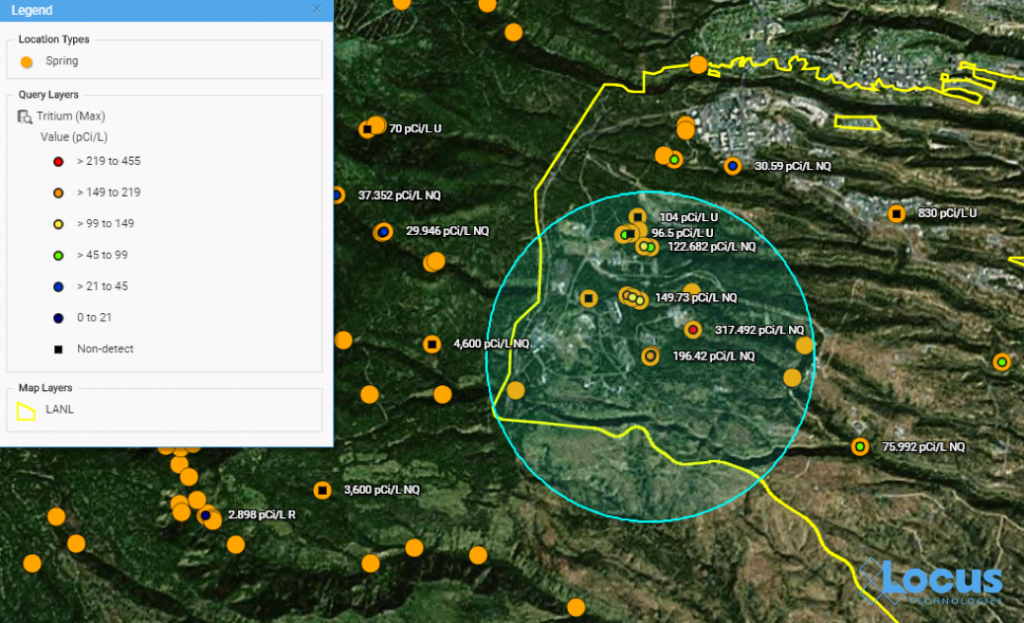
Content services integrations provide up-to-date regulatory notifications
From a private API perspective, consider content management services like RegScan and Specialty Technical Publications (STP). Using services like this, companies can connect with third-party content providers to get information about the latest important environmental regulations delivered within their software application. This is a great concept as no software vendor can excel at all dynamic regulatory programs, so it makes sense to purchase the information from providers who specifically focus on certain types of content. Another example is product regulatory compliance or online Material Safety Data Sheets (MSDS).
Any modern online specialty knowledge vendor will be able to supply an API for accessing and integrating their service information into an existing modern EHS software solution. This means EHS software users can access articles that provide clear analysis on evolving environmental regulations or other topics of targeted interest with the content managed by the content provider. Additional features may also be available from the content vendor such as alerts or notifications so content consumers can stay up to date with changes. Through robust integration via public or private API, software vendors can provide enhanced content to users well beyond what the software vendor natively supplies.
Two major advantages of public and private APIs is that no permissions are needed to access the information, and that users have immediate access to current and reliable content at all times. Effective integrations can reduce the time needed to research related information from other sources and eliminate many manual errors by having applications connect directly to each other.
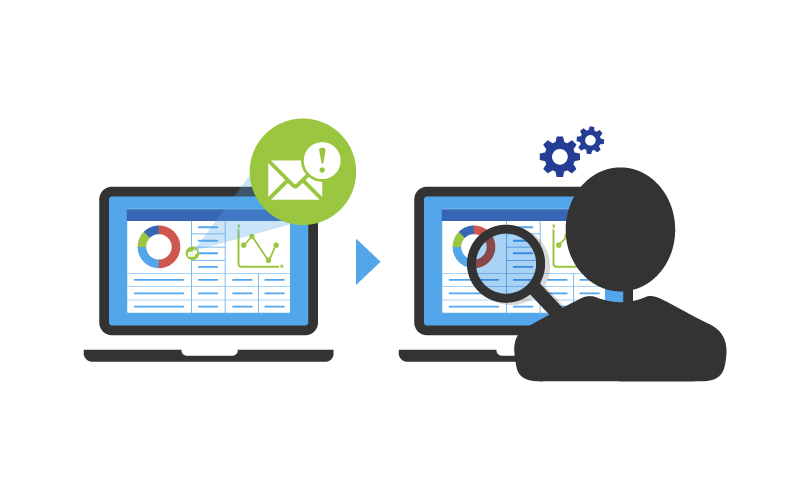
Portal integrations
Another common integration request is “portal integration”, or the melding of various streaming data sources (such as “big data” or IoT data) into a single system to enable better data analysis and insight. For example, many companies have multiple continuous monitoring systems (CEMS) that generate huge amounts of data at frequent intervals. With such huge volumes of data, it is hard to review and take action without condensing the information into an understandable format.
A modern SaaS platform with built-in integration tools is essential to bring various data sources together and display the information in a meaningful way. Look for dashboards designed to handle this type of data that provide a way to integrate data from different data sources into a single unified view that is easier to interpret. Look for tools that make it easy to combine and present data using different types of graphical charts and as GIS maps.
Like integrations with on-premises systems, system owners will need to be involved in setting up the integration, and software collecting the streaming data will need to be sophisticated enough to be readable by modern systems. If you’re using legacy data collection systems such as SCADA in your organization, you can integrate with those systems as well, avoiding the need for costly hardware upgrades. However, its best to check with the system owners to ensure their systems are able to integrate before you start your EHS system planning.
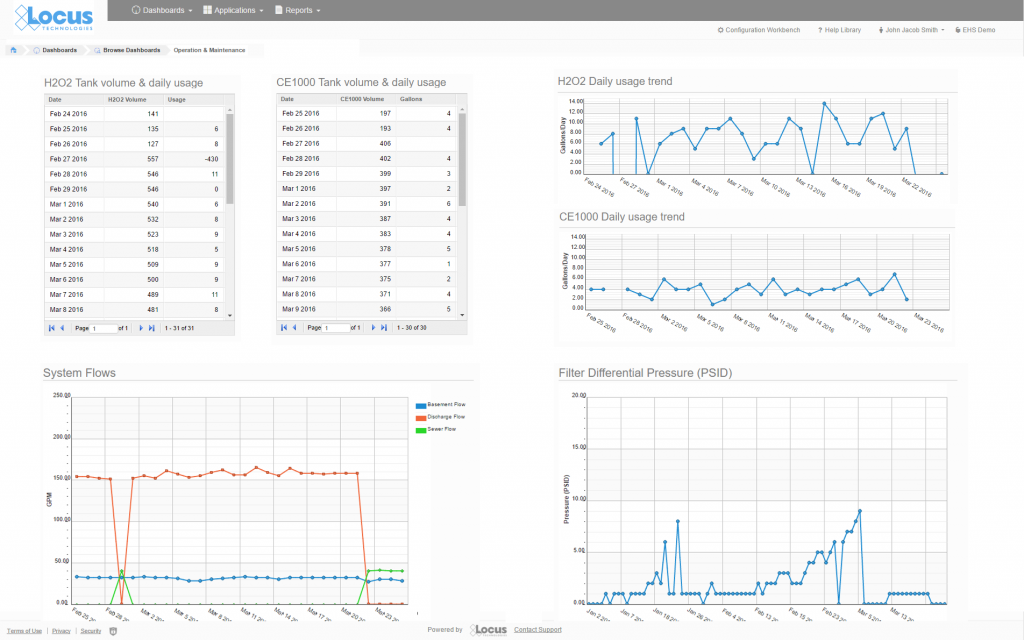
Careful planning to ensure integration success
With all the advances in software platforms and commercial data sources providing enhanced linkage to data that was previously unavailable or behind firewalls, EHS software customers have a lot to consider when evaluating options. In the last several years, software integration has become a hot topic and something most EHS departments are at least talking about. If you’re evaluating EHS software solutions, you would be wise to add one or more of these integration capabilities to your “wish list” for any potential vendor solution.
Consider the exact information you want to bring into your EHS software, the quality of the information you want to consume, and the reliability of the source.
Also, remember that internal and external data providers may upgrade or change over time. For that reason, the ease and reliability of integration is an important parameter to consider.
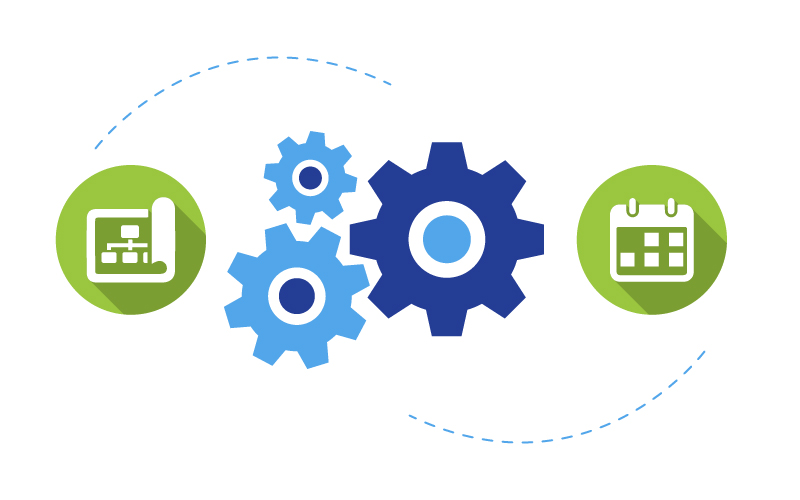
There are many clear benefits to taking advantage of modern integrated software tools wherever you can in your EHS processes. Even if some integrations are only optional for your needs, consider the benefit to your organization in simplifying your EHS software implementation, maximizing other available resources, and improving the reliability and accuracy of data sources driving your EHS decisions.
Integrations are sometimes initially perceived as an optional feature, but you should consider making it a requirement for your EHS software based on these benefits. Moreover, as new integration tools increasingly become available, you’ll find more value out of having a system that can use them to their full advantage.
NAEM recently published this blog as a part of their Green Tie series. Read it here.
Interested in learning more about integration? We recently published a detailed white paper on integrated systems for EHS software. It is available as a free download.
[sc_button link=”https://www.locustec.com/white-paper/extend-ehs-software-integrated-systems/” text=”Download free white paper” link_target=”_self” background_color=”52a6ea” centered=”1″]

